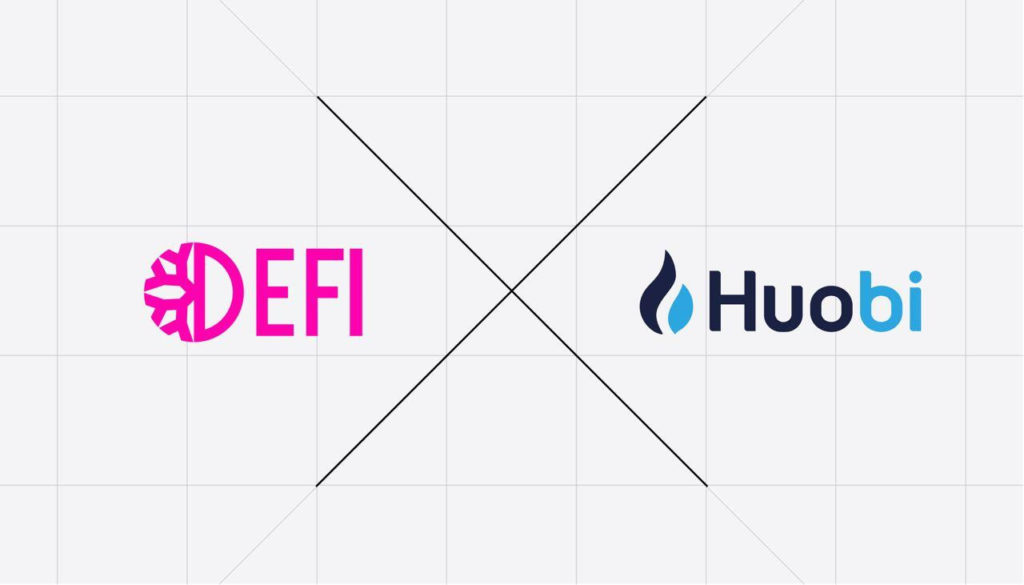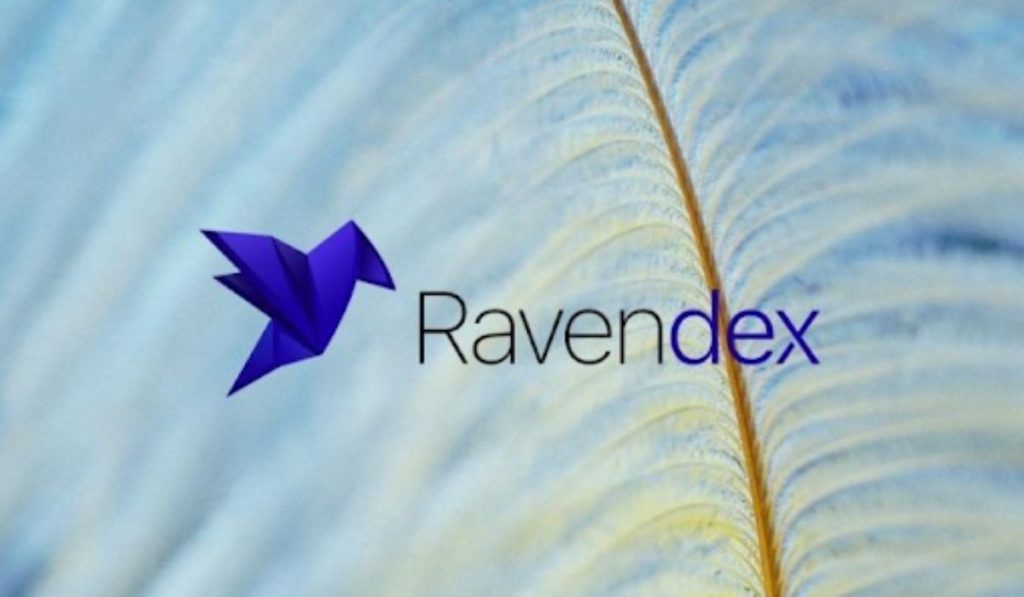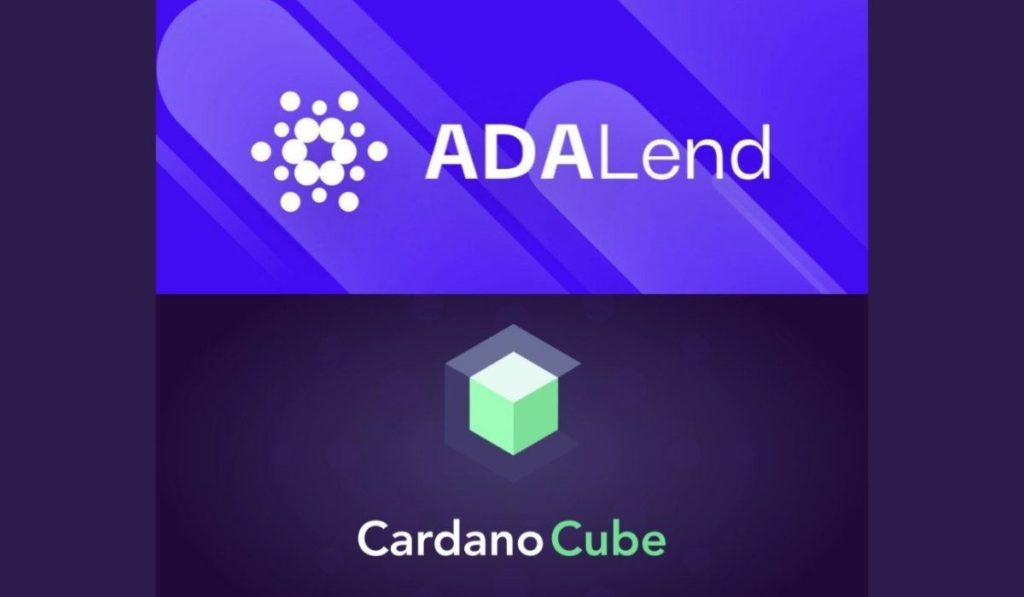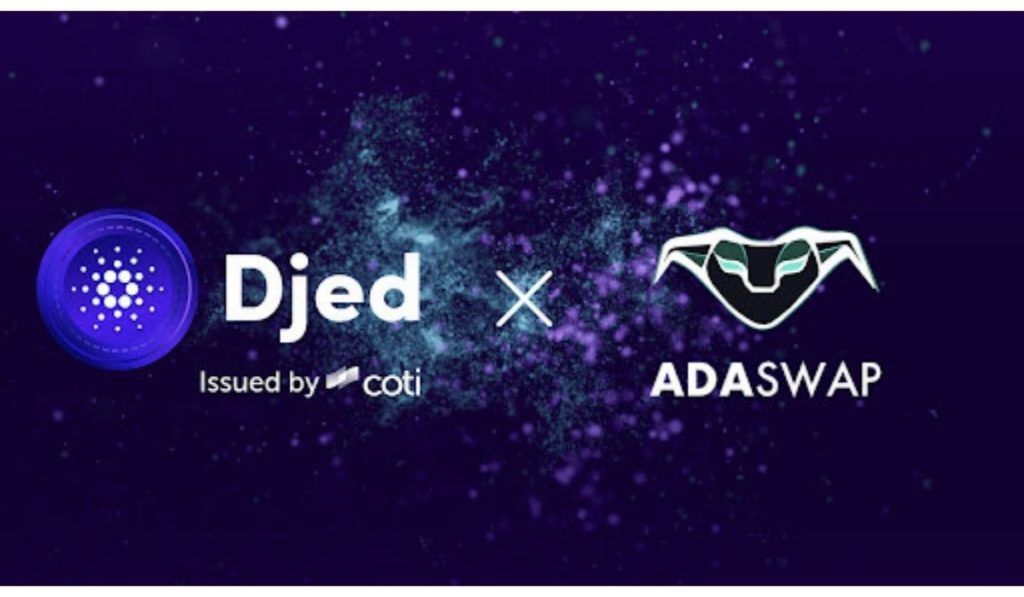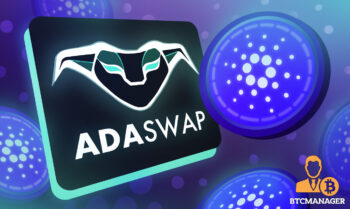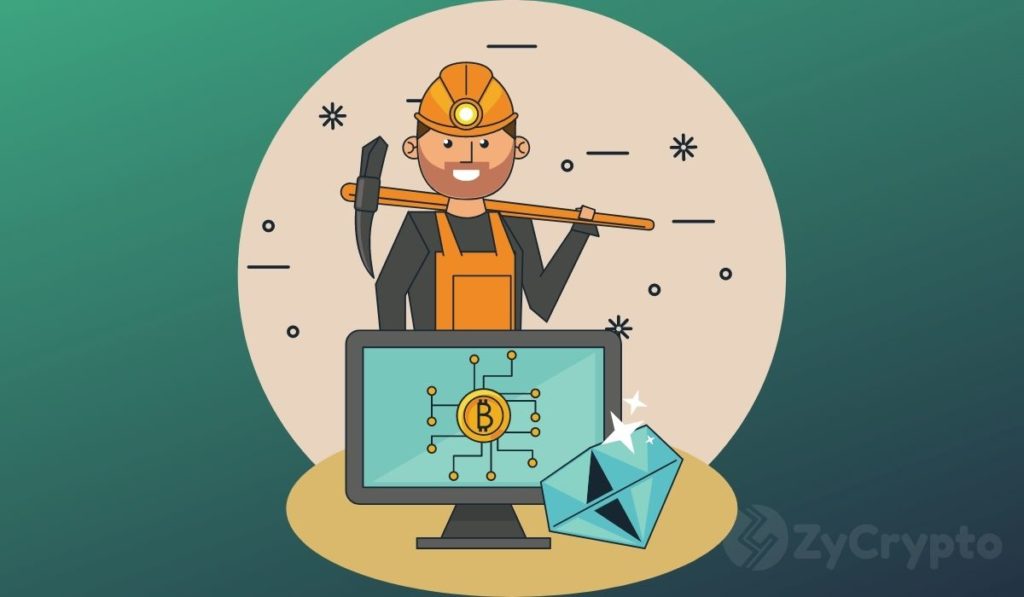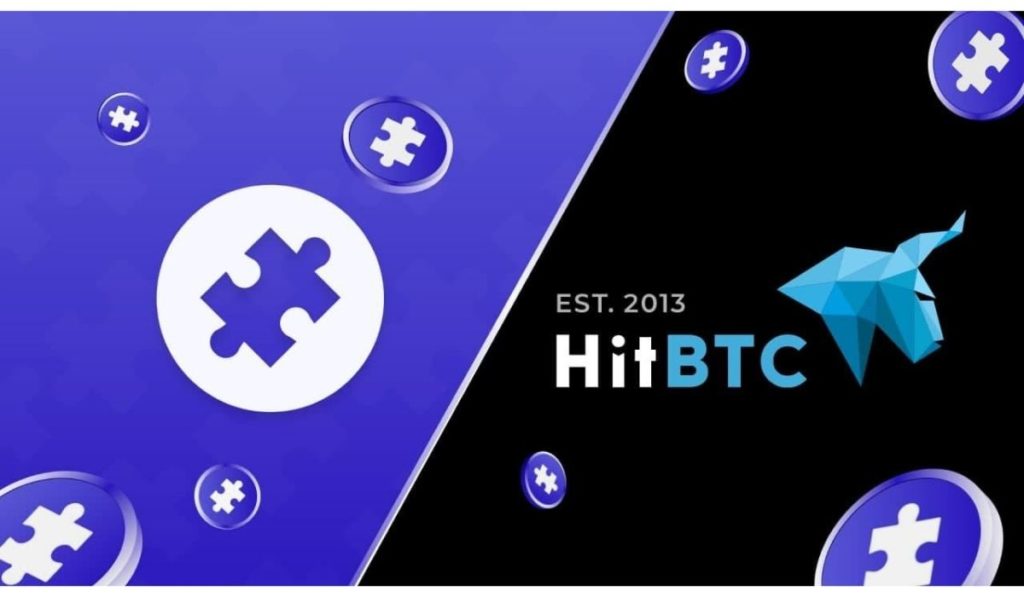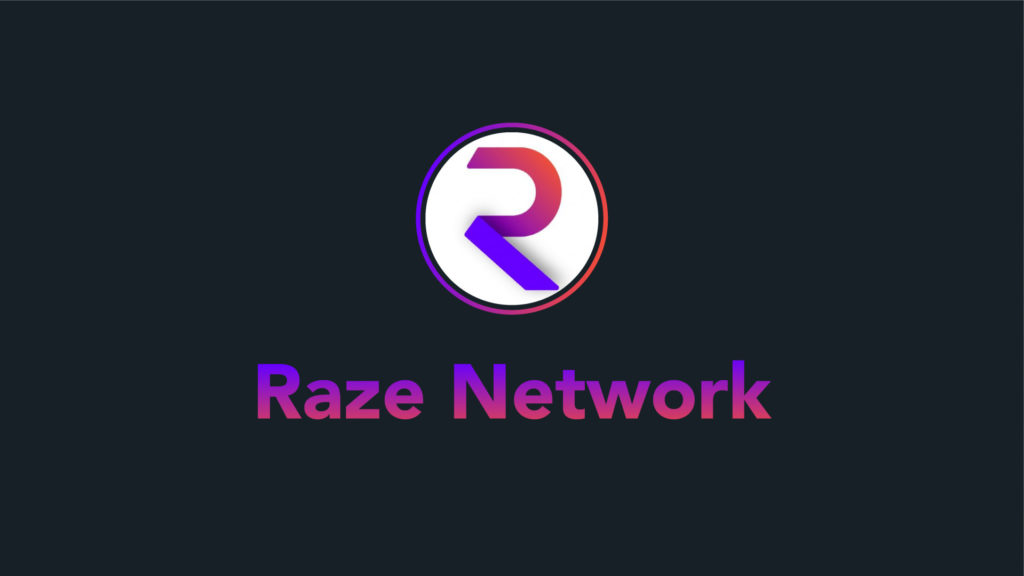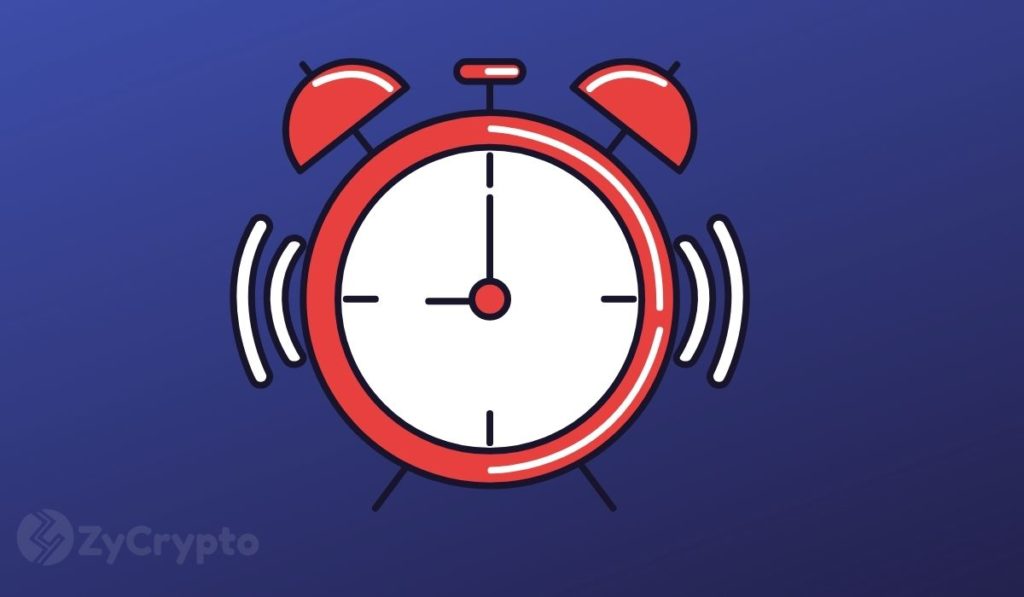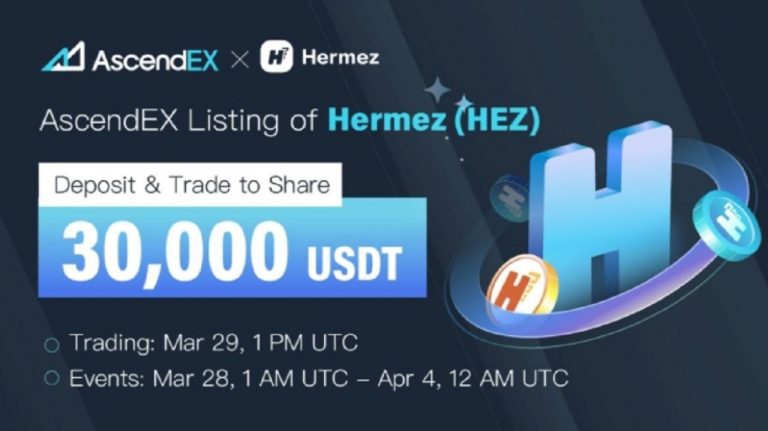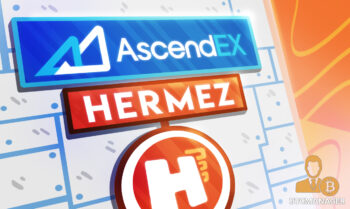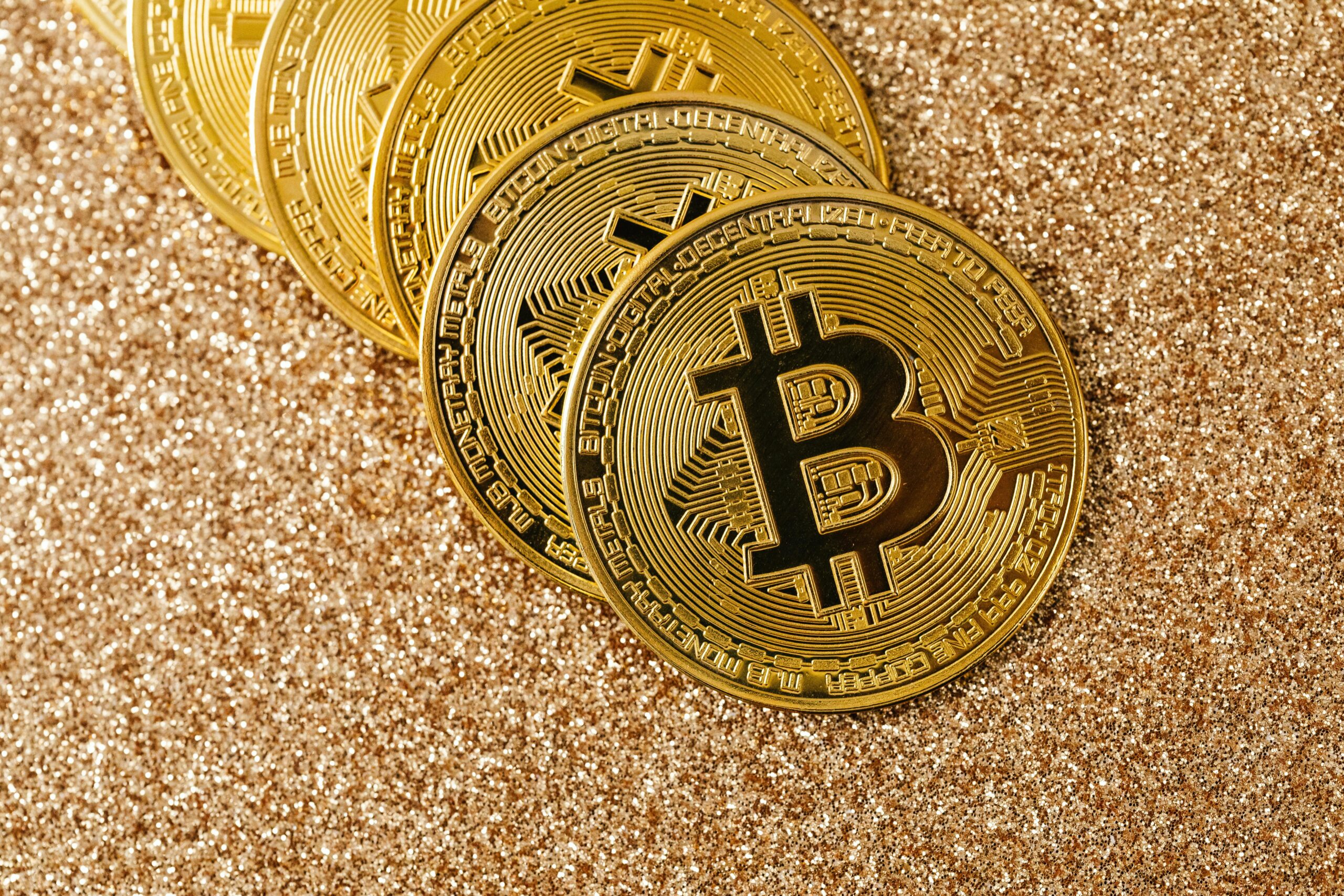
2024-8-5 22:08 |
Pi Network pioneers are patiently waiting for the much-promised token listing that will make it possible for them to convert their tokens to fiat currencies. However, the recent performance of Bitcoin and other cryptocurrencies could lead to a prolonged delay of the listing.
The other thing to worry about is that tap-to-earn tokens like Notcoin and Pixelverse (PIXFI) have crashed in the past few weeks.
Pi Network and tap-to-earn tokensThe biggest craze in the crypto industry this year has been on Telegram’s tap-to-earn platforms like Hamster Kombat, Notcoin, and Tapswap.
These platforms have become highly popular among users, with Hamster Kombat having over 300 million users from around the world. TapSwap has accumulated over 70 million users while Pixelverse has 75 million members.
Tap-to-earn platforms let users earn tokens on Telegram’s mini applications and then convert them into fiat currencies after their airdrops.
While these platforms are new, the concept behind them is not. It can be traced to the foundation of Bitcoin, which enabled users to be rewarded for solving complex mathematical calculations.
The concept then went mainstream with Pi Network, a project that was launched in 2018 to let users mine tokens on their phones. The biggest difference between Pi Network and tap-to-earn networks is that one needs to be invited to use the former.
The other difference is that Pi Network uses a dedicated application to mine the tokens. Tap-to-earn platforms, on the other hand, use mini applications found in Telegram to do that. This is a better approach since over 900 million people already use Telegram.
After that, Pi Network users accumulate tokens by opening the app and tapping on its button each day. Over the years, many pioneers have accumulated thousands of tokens, which they hope to convert into fiat currencies one day.
Unlike Pi Network, tap-to-earn take a few months to have their tokens listed. Notcoin was listed after less than three months while analysts expect that Hamster Kombat and Tapswap will be listed after just a few months.
Pi Network has justified the continued delay of listing to the need to create a genuine blockchain network with utility. To achieve that, they have launched several hackathons hoping to generate developer interest in the ecosystem.
Notcoin and Pixelverse tokens have slumpedThe main risk that Pi Network pioneers need to have in mind is that most tap-to-earn tokens have plunged and the same could happen when the Pi Coin lists. Notcoin price peaked at $0.030 in June and has crashed by over 64% to $0.01, costing holders billions.
Similarly, the Pixelverse (PIXFI) token has also slumped by more than 78% from its highest point in July.
These tokens have dropped as most people who accumulated them in the pre-listing session dump them.
Unfortunately, this trend could happen with Pi Network when it eventually lists. While the developers hope that many users will HODL the token, chances are that most of them will rush to the exit. Others will sell some and hold some, hoping that the token will rise in the long term.
Pi coin listing could be delayedIn December last year, the Pi Network developers hinted that they would like to list the token later this year. For that to happen, they noted that three things would need to happen first: KYC, dApps in the ecosystem, and a friendly environment.
The developers have worked on the KYC process and have already verified over 12 million users. They believe that this verification is a good approach to weed out bots from the network. I believe that they will get to the target 15 million verified users by the end of the year.
As announced on Pi2Day, the 6-month Grace Period, essential for preparing Pi for Open Network, began on July 1. Pioneers must complete their KYC and Mainnet migration within specific deadlines defined by the Grace Period, which includes flexibility to accommodate Pioneers who are… pic.twitter.com/E7SfZ5kuwL
— Pi Network (@PiCoreTeam) July 12, 2024The other two factors will be more difficult for the developers to achieve. First, their goal to have at least 100 dApps on the ecosystem could be challenging. While the developers have held several hackathons, there have been no major mainstream dApp to come out of the platform.
Popular blockchain networks like Ethereum and Solana have done well because of their vibrant ecosystems. Toncoin has become a top-ten cryptocurrency because of its strong ecosystem like tap-to-earn apps.
Bitcoin price chart
Second, the developers want to have a vibrant external environment when they launch the token. However, the recent price action shows that most tokens could continue falling in the coming months. As shown above, Bitcoin has continued forming a series of lower lows and lower highs.
The coin’s lower highs were ar $73,400, $72,000, and $70,000. Unless conditions improve, there is a likelihood that the crypto industry has moved into a crypto winter that could continue for a while. The last crypto winter existed between November 2021 to January 2023.
The developers will likely not want to list the token at a time when other cryptocurrency prices are in a strong downward trend.
Therefore Pi Network holders are facing the risk of a prolonged stay at the enclosed mainnet period and a token crash when it finally lists.
The post Pi Network: Pi coin listing faces a mountain of risks ahead appeared first on Invezz
origin »PiCoin (PI) на Currencies.ru
|
|



